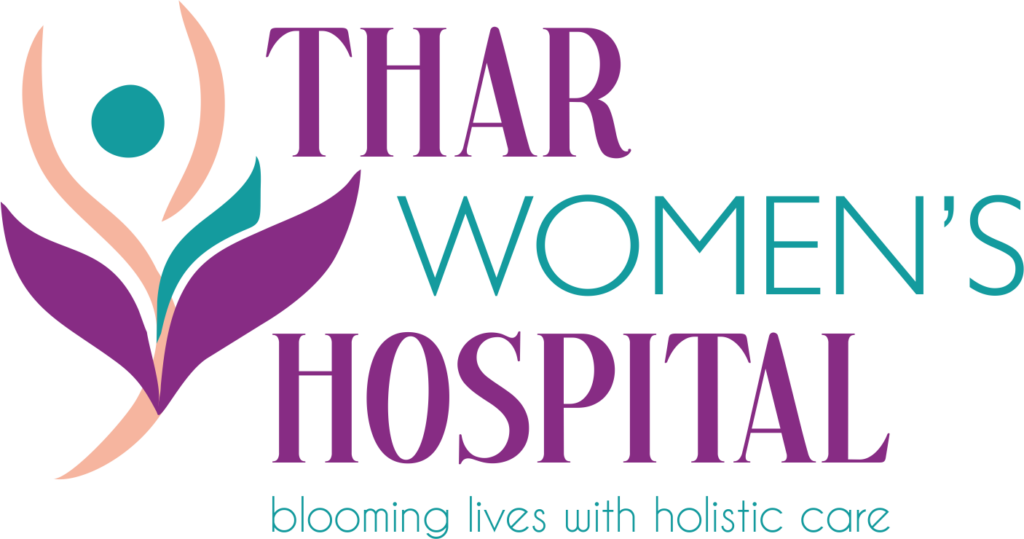Our Services
Adolescent health refers to the physical, mental, emotional, and social well-being of young people between the ages of 10 and 19. During this period, adolescents undergo rapid physical and emotional changes, which can have a significant impact on their overall health. One key aspect is emotional development in adolescence, as young people learn to manage their emotions, build resilience, and develop healthy relationships.

MBBS, DGO (Mum), FCPS(Mum) Fellowship in Laparoscopy
More than a deacade of experience in the field of Obstetrics and Gynaecology.
FAQs
Some of the physical changes that occur during adolescence include:
Puberty is a period of rapid physical growth and development that occurs during adolescence. Adolescence is a broader term that refers to the entire period between the ages of 10 and 19.
Girls usually start to menstruate between the ages of 10 and 16.
Some of the emotional changes that occur during adolescence include:
Some of the social changes that occur during adolescence include:
Some of the risks associated with early sexual activity include:
Some of the signs and symptoms of depression in adolescents include:
Some of the signs and symptoms of anxiety in adolescents include:
Some of the signs and symptoms of eating disorders in adolescents include:
Some of the ways to help adolescents cope with stress and anxiety include:
Appointment
Get in touch with us for exceptional care and personalized assistance. We’re here to help you.

Thar Women’s Hospital is a state of art facility which focuses on delivering comprehensive, holistic care in Maternity, Gynecology, Laparoscopy and Fertility. Women’s health and wellness is at the forefront of our core value.